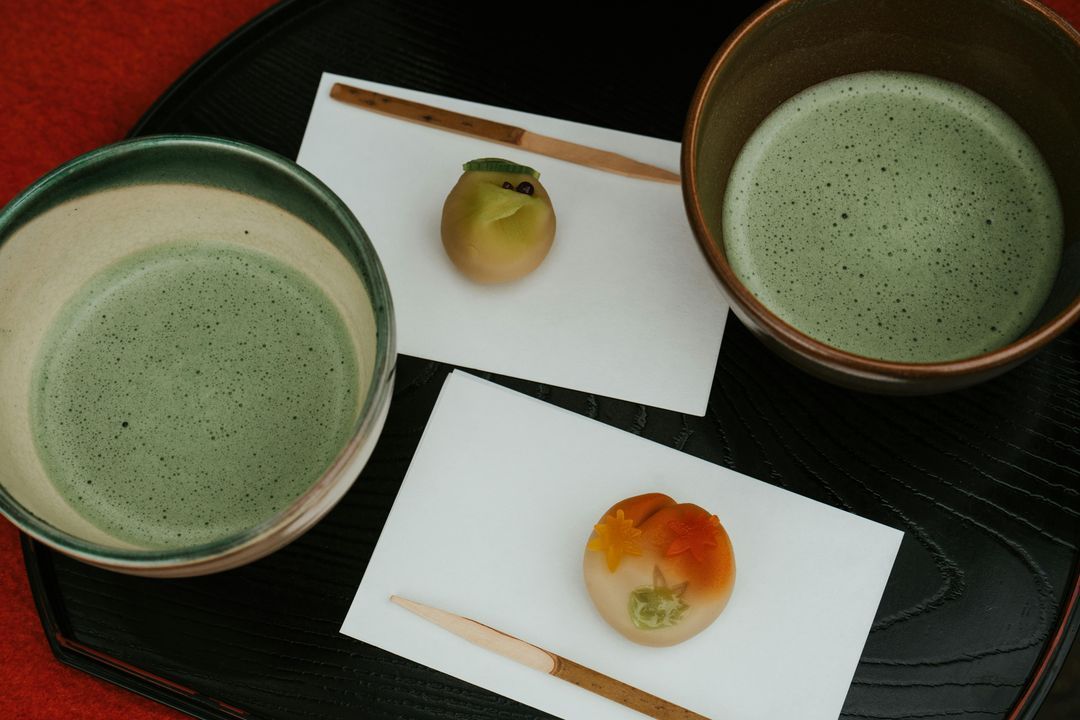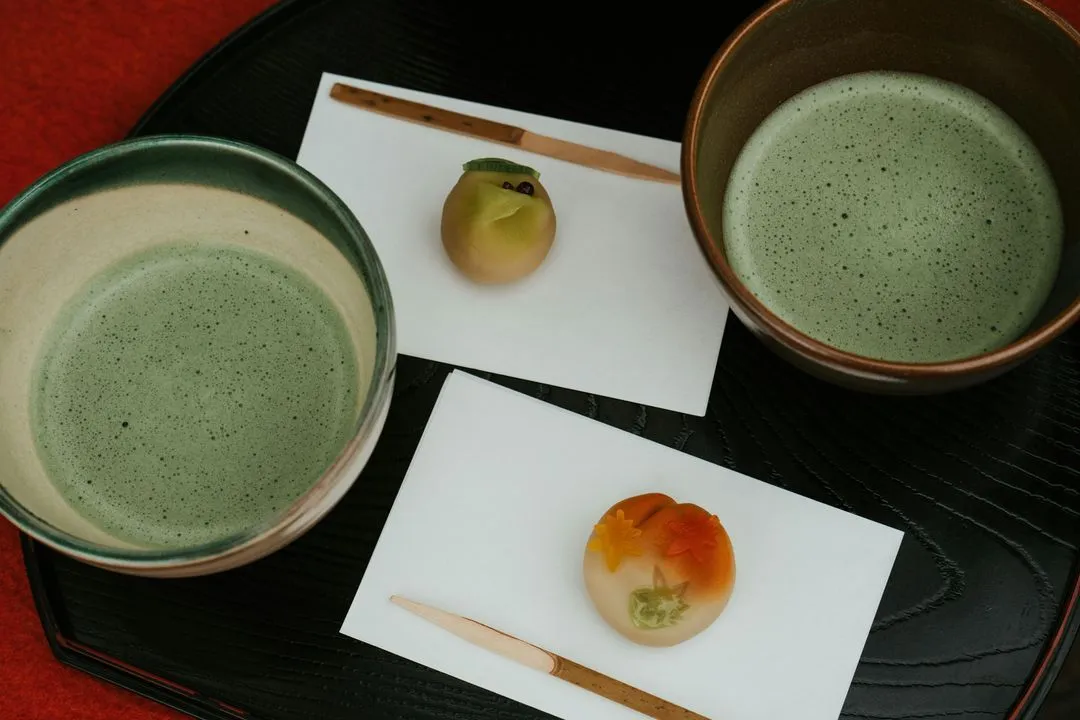When Japan Reinvents the West: French Pastry as a Mirror of Identity

Japan is a fascinating example of how a culture can absorb external elements, profoundly reworking them according to its own values and worldview. This characteristic is clearly evident in its gastronomy, where dishes and traditions from other countries are Japanified, transformed through a typically Japanese aesthetic, philosophical, and social filter.
One of the most significant and least-known cases concerns French patisserie , introduced to the Land of the Rising Sun at the beginning of the 20th century and now a highly widespread and innovative phenomenon. Analyzing this culinary encounter allows us to understand how Japan uses food culture as a means of communication and identity.
The meeting of two traditions: pâtisserie and wagashi
French patisserie is characterized by rich flavors, layers of cream, butter, and sugar, imposing shapes, and often vibrant colors. On the other hand, wagashi —a traditional Japanese dessert—is the expression of a contrasting philosophy: lightness, balance, and a refined formal sobriety linked to aesthetic concepts such as wabi-sabi (the beauty of imperfection and transience) and kawaii (the sense of grace and tenderness).
When French patisserie arrived in Japan, it wasnt simply replicated. Japanese pastry chefs reinterpreted European recipes according to their own aesthetic and flavor criteria, creating an original synthesis. This reinvention manifests itself in the choice of local ingredients, the modulation of sweetness, the shapes and presentations, which tend to favor visual clarity and delicacy.
Mont Blanc with Green Tea: A Hybrid and Symbolic Dessert
A prime example is Mont Blanc, a French dessert made with chestnuts, whipped cream, and meringue. In Japan, this preparation has been reworked into a dessert using matcha (powdered green tea), a symbolic ingredient of Japanese culture.
Key features of this release include:
- The use of the deep green color and slight bitterness of matcha, which balances the sweetness of the chestnuts.
- A softer base, often a mochi or a light sponge cake, that replaces the crispy meringue.
- A minimalist presentation, where the shape is more compact and less baroque than the French original.
- A balance of flavors that reflects the philosophy of umami and elegant simplicity.
This hybrid dessert is not a tribute to French patisserie, but a cultural reinterpretation of it, where Japanese identity is expressed in the choice of ingredients and aesthetics.
Culture, aesthetics and creative appropriation
This process of “Japanification” of a foreign product is part of a broader phenomenon, in which Japan does not passively import , but rather adopts external tools, concepts and practices to integrate them into a coherent cultural system.
In the case of gastronomy, it is a creative appropriation that combines:
- Technical efficiency and artisanal precision.
- A strong attention to detail and form, in line with aesthetic principles.
- A profound respect for the nature of the ingredients and their enhancement through balance and simplicity.
In this sense, French pastry in Japan becomes an example of how cultural identity is also defined through the ability to transform and re-signify what comes from outside.
Conclusions
Japan demonstrates that cultural identity is not a closed system, but a dynamic organism capable of evolving through interaction with other cultures. French pastry reinterpreted with Japanese taste and style is concrete proof of this: a meeting that generates innovation and beauty, respecting the roots of both traditions.
This approach offers an important key to understanding contemporary Japan and, more generally, cultural dynamics in the age of globalization.
#JapaneseIdentity #JapanesePastry #MontBlancMatcha #Wagashi
#JapaneseCulture #AestheticGastronomy #WabiSabi #Kawaii #GastronomicFusion
#NicheCuisine #CulinaryInnovation #JapaneseAesthetics #FoodAndCulturalDialogue
#JapanFoodCulture #FoodAndIdentity #InternationalCuisine

flavio_campaniolo
Data di inserimento 09 giu 2025
Report article


Comments
There are no comments yet.